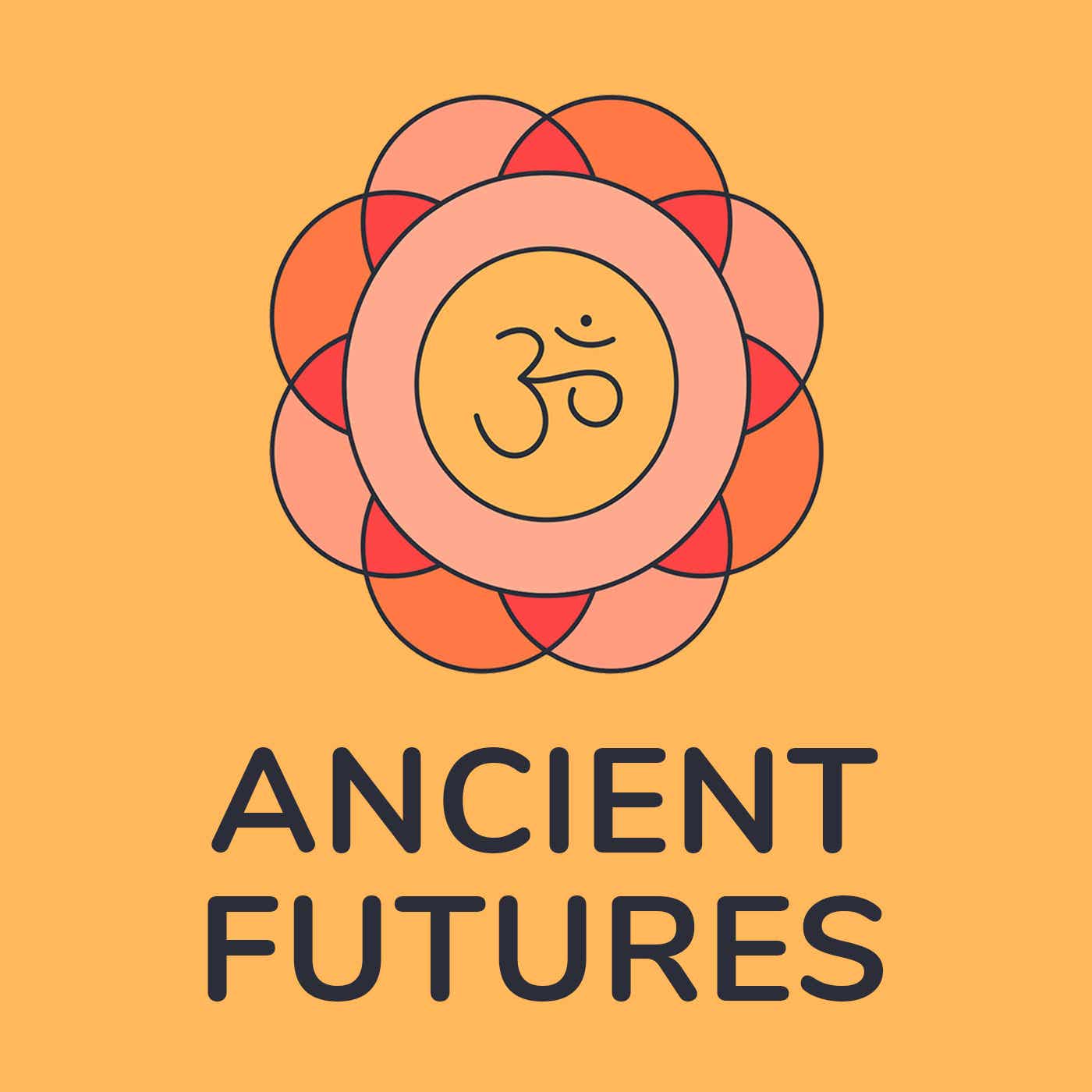Lost in Translation – Dorothy Figueira
Description
What do Heinrich Himmler and Mohandas Gandhi have in common? Both were inspired by the Bhagavad Gītā. As Dorothy Figueira explains, what they found in it were mental projections. So Gandhi saw promotion of non-violence, while Himmler thought it justified killing for an avatar of God called Adolf Hitler.
These interpretations – among many others – are the subject of Dorothy’s recent book, The Afterlives of the Bhagavad Gītā. As a scholar of religion and comparative literature, she shows how modern translations are often more revealing of their authors’ ideas than the texts they engage with.
With the Gītā, there are so many readings that it’s difficult to summarise where they diverge. Our conversation discusses the “decadence”, as Dorothy terms it, of Western seekers such as Allen Ginsberg. She contrasts this with meticulous colonial scholars and use of the Gītā by Indian nationalists. Detached from commentaries, it proved politically malleable, serving to justify many positions.
Some of the most shocking continue to resonate. The Nazi Gītā is resurgent online, via the writings of a European woman known as “Savitri Devi”. Although Dorothy laments these distortions, her general advice is to accept the existence of multiple readings, and to explore them open-mindedly to counteract dogma. She works as a professor at the University of Georgia.
🎓 For accessible overviews of yoga’s evolution, join me for a course at truthofyoga.com.
🙏 To support this podcast, please consider subscribing or buy me a coffee... All donations are greatly appreciated!
This is a public episode. If you’d like to discuss this with other subscribers or get access to bonus episodes, visit ancientfutures.substack.com/subscribe
More Episodes
Published 11/20/24
A shift in focus for the podcast this week to discuss a new book by Richard Seymour. Subtitled “The Downfall of Liberal Civilization”, Disaster Nationalism investigates “a struggle for our collective soul”, along with the psychology of far-right movements.
As Richard warns, these can take many...
Published 11/06/24
Is prāṇāyāma the same thing as breath-work? Both labels are commonly used to teach similar techniques. They’re also increasingly hard to distinguish, because of ongoing changes in methods and objectives. This conversation with Isabel Tew examines the overlaps as well as distinctions between...
Published 10/23/24


